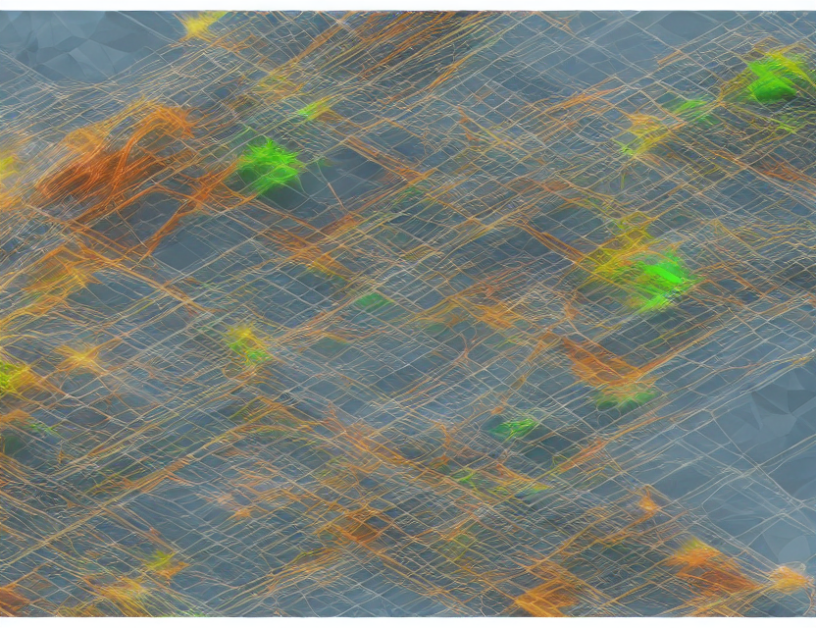Imagine having a virtual replica of a real-world system, like a turbine engine, that can help engineers design and optimize it more efficiently. This is what digital twin technology offers! In this article, we’ll explore how digital twins work, their potential benefits, and some challenges to overcome when using them.
What is a Digital Twin?
A digital twin is a virtual replica of a physical system, like an engine or a building, that is created by modeling its behavior and performance using data and sensors. It’s like having a "twin" of the real thing, but in a digital form. This allows engineers to test and optimize their designs before they are built, reducing costs and improving performance.
How Does a Digital Twin Work?
To create a digital twin, engineers use data from sensors and simulations to model the behavior of the physical system. They can then use this model to analyze and optimize the system’s performance. For example, they can test different designs or operating conditions on the virtual twin before applying them to the real thing.
Benefits of Digital Twins
Digital twins offer many benefits for engineers, including:
- Reduced prototyping costs: By testing and optimizing a design virtually before building it physically, engineers can save money on materials and manufacturing costs.
- Improved performance: Digital twins allow engineers to analyze and optimize the performance of their designs more easily, leading to better outcomes in terms of efficiency and reliability.
- Faster development times: With digital twins, engineers can test and iterate on their designs faster, which means they can get products to market quicker.
Challenges of Digital Twins
While digital twins offer many benefits, there are also some challenges to consider:
- Data quality: For a digital twin to be accurate, it needs high-quality data from sensors and simulations. This can be difficult to achieve, especially if the data is noisy or inconsistent.
- Complexity: Digital twins can be complex to set up and maintain, especially for large and complex systems like turbine engines.
- Integration with physical system: It can be challenging to integrate the digital twin with the physical system in a way that allows for seamless communication and updates.
Conclusion
Digital twins offer a powerful tool for engineers looking to optimize their designs and reduce costs. By creating a virtual replica of a physical system, they can test and analyze its behavior more easily, leading to better outcomes. While there are challenges to overcome, the potential benefits make digital twins an exciting development in the field of engineering. As technology continues to advance, we can expect to see more widespread adoption of this revolutionary tool.



